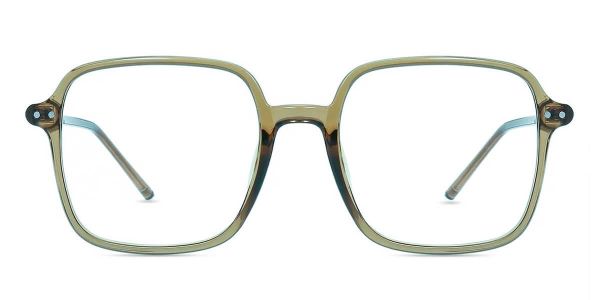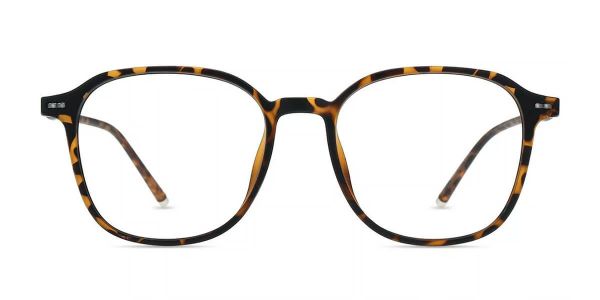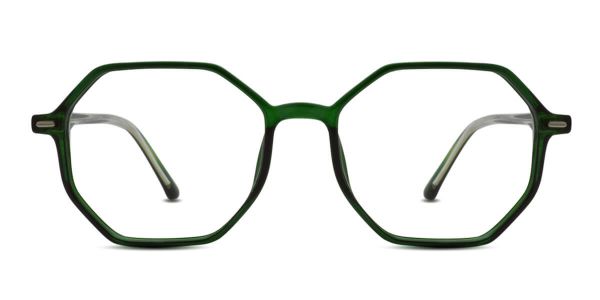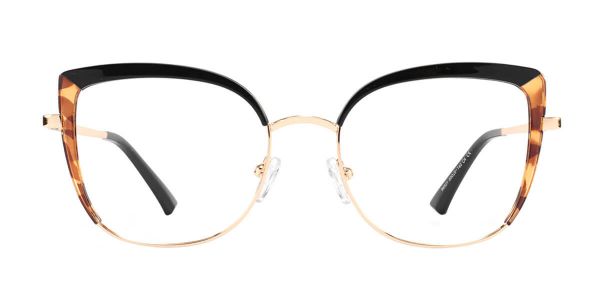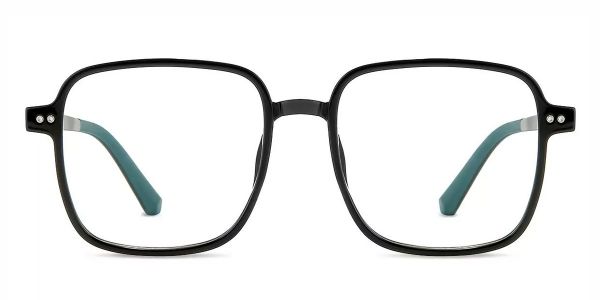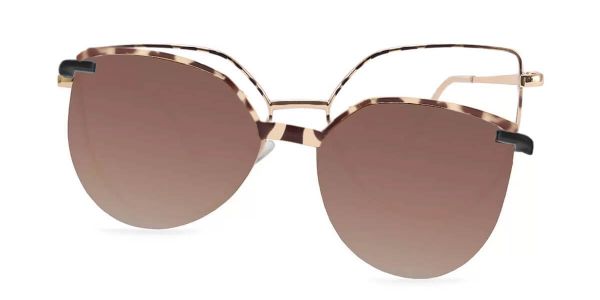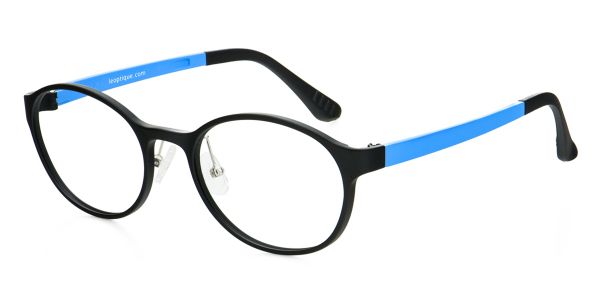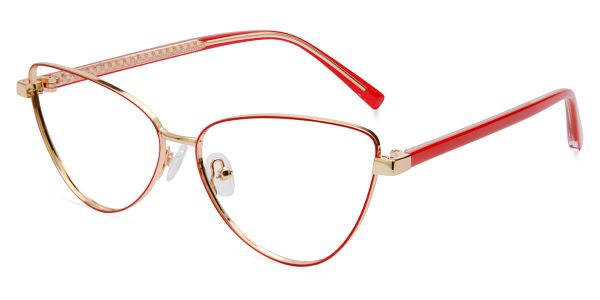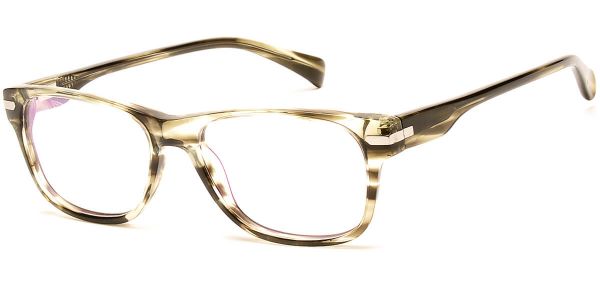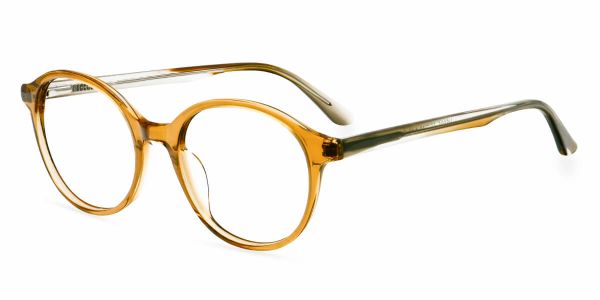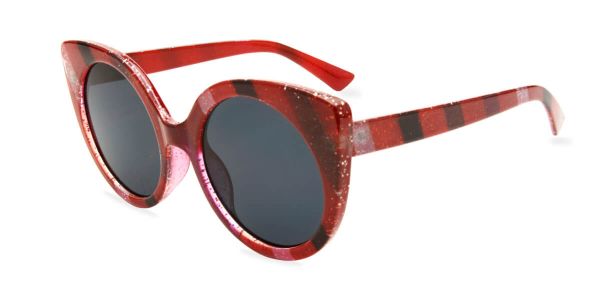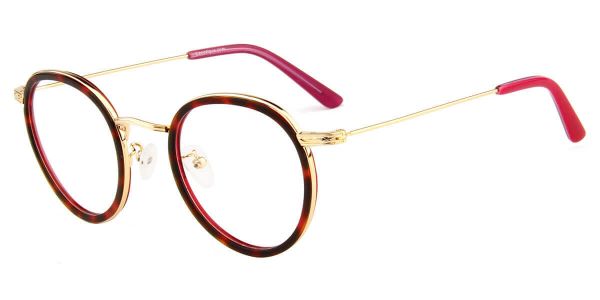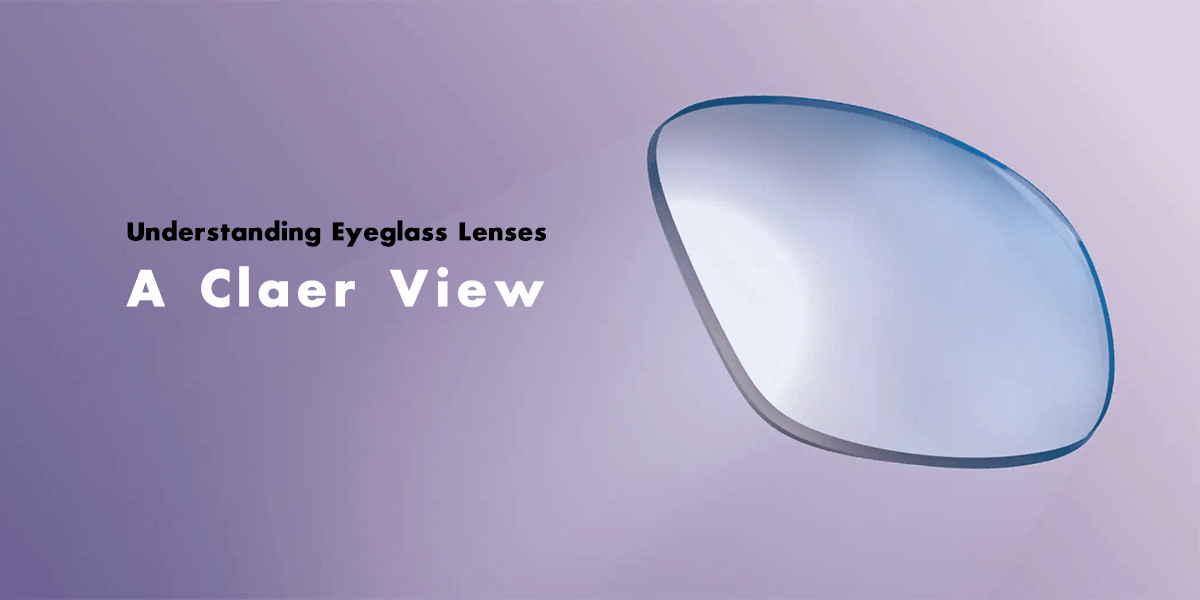
Eyeglasses have become an essential tool for many individuals, helping to correct vision problems and improve overall visual clarity. One crucial component of eyeglasses is the lenses, which come in various types and designs to meet different vision needs. In this blog, we will explore the basics of eyeglass lenses, shedding light on their functions, types, and how they can enhance our daily lives.
-
Function of Eyeglass Lenses: Eyeglass lenses serve the primary purpose of correcting refractive errors in the eyes, such as nearsightedness (myopia), farsightedness (hyperopia), and astigmatism. These errors occur when light entering the eye doesn't focus properly on the retina, leading to blurry vision. Lenses work by bending light rays to ensure that they converge correctly on the retina, allowing us to see objects clearly.
-
Types of Eyeglass Lenses: a. Single Vision Lenses: Single vision lenses have a uniform prescription across the entire lens. They are used to correct one specific vision problem, either nearsightedness or farsightedness.
b. Bifocal Lenses: Bifocal lenses are divided into two sections with a visible line separating the upper part for distance vision and the lower part for near vision. They are suitable for individuals with both near and farsightedness.
c. Progressive Lenses: Progressive lenses, also known as multifocal lenses, provide a seamless transition between different prescriptions for near, intermediate, and distance vision. Unlike bifocals, they don't have a visible line, offering a more natural and aesthetically pleasing solution.
d. Photochromic Lenses: Photochromic lenses darken when exposed to sunlight and lighten indoors. They offer the convenience of prescription eyeglasses and sunglasses in one, adapting to different lighting conditions.
e. High-Index Lenses: High-index lenses are designed for individuals with strong prescriptions. They are thinner and lighter than traditional lenses, providing improved comfort and aesthetics.
-
Lens Coatings: Eyeglass lenses can be enhanced with various coatings to improve performance and durability. Common coatings include: a. Anti-Reflective Coating: Reduces glare and reflections for better clarity. b. Scratch-Resistant Coating: Adds a protective layer to minimize scratches and extend the life of the lenses. c. UV Protection: Shields the eyes from harmful ultraviolet (UV) rays.
Understanding eyeglass lenses is essential for anyone who relies on them for improved vision. With a variety of lens types and coatings available, individuals can choose options that not only correct their vision but also enhance comfort and protect their eyes. The evolution of eyeglass lens technology continues to contribute to clearer, more comfortable vision for people of all ages.

